An inner tube is an inflatable rubber ring that sits inside your bike tyre. In a standard bicycle tyre, this is what you inflate and holds the air when you pump up your tyres.
While being one of the simplest parts on your bike, inner tubes come in a wide range of sizes, valve types and a choice of materials. This makes choosing the right tube harder than it sounds, particularly for new cyclists.
Bikes feature different wheel sizes depending on discipline, with inner tubes coming in various widths and diameters for road bikes, gravel bikes and mountain bikes.
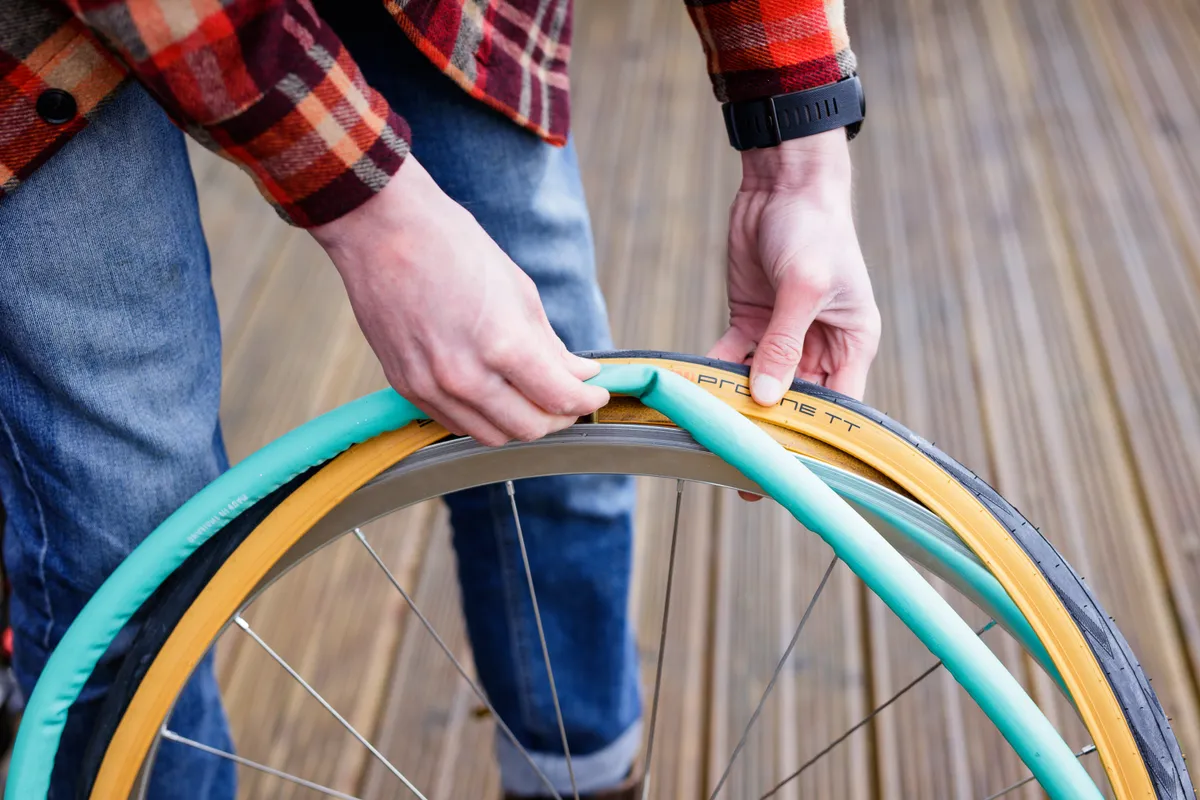
There was a time when every bike had an inner tube in each tyre, but the advent of tubeless tyres has changed this, with many mountain bikes and road bikes using a tubeless setup.
In a tubeless setup, there’s no inner tube; the tyre itself has an airtight seal to the rim and holds the air, without an inner tube.
But even if you’re happily riding your tubeless tyres, it’s a good idea to carry an inner tube with you, just in case you get the mother of all flats, which the sealant in your tyre or a tubeless repair kit can't. In this scenario, you'lll need to fit a tube to get going again. Trust us, it happens.
So, whether your bike is fitted with inner tubes or not, read on for our guide to the bike part every cyclist loves to hate – or use the menu below to skip to the section you need.
- What is an inner tube?
- What valve do you need – Presta or Schrader?
- What inner tube size do you need?
- Common inner tube sizes
- Inner tube materials explained
- What valve length do you need?
- What about tubeless?
What is an inner tube?

In a conventional clincher tyre setup, the tyre has a bead on each side which ‘locks’ onto the rim when inflated but doesn’t create an air-tight seal. It’s the inner tube, sitting inside the tyre, that holds the air.
The inner tube has a valve, used to keep it pumped up. Most inner tubes have either a Presta or Schrader valve, which we’ll come on to. Ensuring you have the right valve type for your bike’s wheels is essential.
When the inner tube is fitted, the valve pokes out of a hole in your wheel's rim, providing access to inflate the tube and, with it, the bike's tyre.
Presta or Schrader valves?
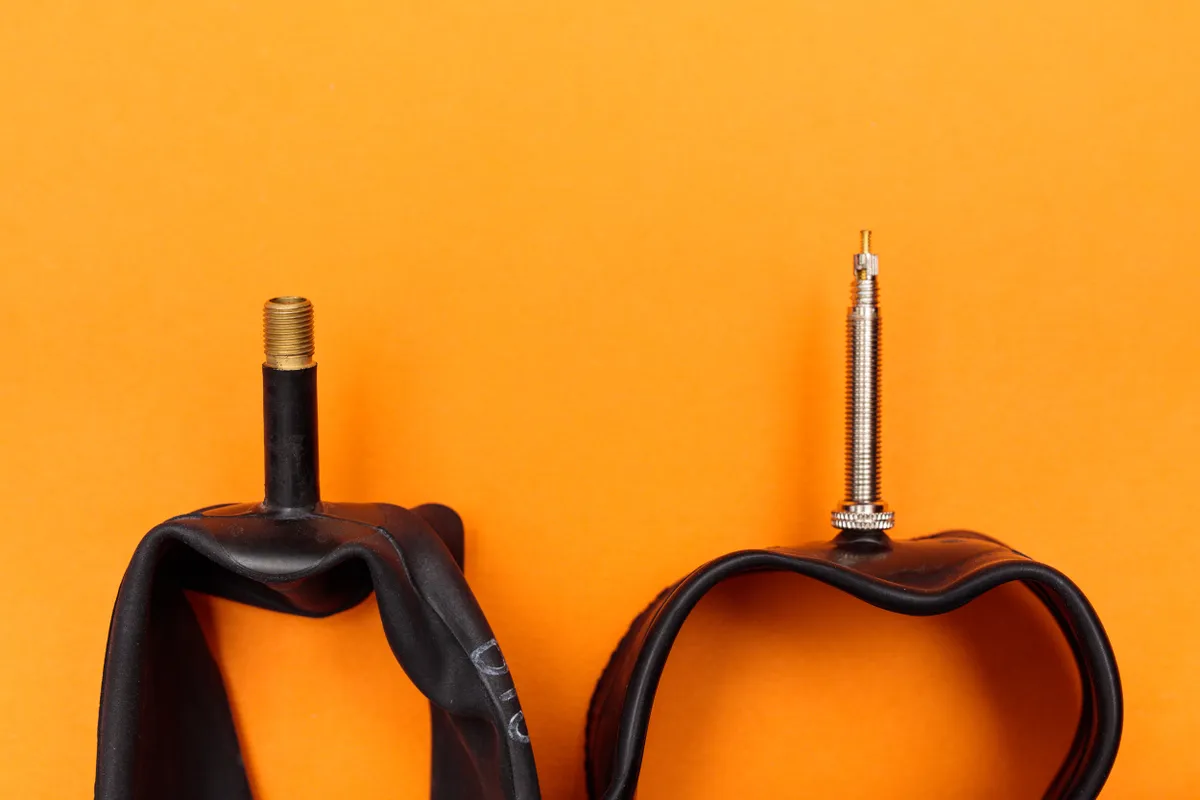
Here's a question that has confused new cyclists for decades: do you need a Presta or Schrader valve? We've got a full guide on Presta vs Schrader valves but will cover the essentials here to get you started.
As we just mentioned, your bike’s wheels are most likely to be compatible with either a Presta valve or a Schrader valve, with Presta the more common of the two standards on enthusiast bikes.
Presta valves are longer and narrower than Schrader valves. They have a screw at the tip that you unscrew when attaching a pump for inflation. You can also press down on the unscrewed tip to release air.

Some Presta valves have a removable core, which can be replaced in the event of damage.
Removable cores unscrew from the valve stem – there’s a little tool available to grip the sides of the core – so you can replace a faulty one or squirt sealant into the tube (more on that below). They can sometimes unscrew by accident when you’re using a pump, though.
Schrader valves are shorter and stubbier, and will look just like the valves on your car tyres.
When buying inner tubes, make sure you get the right valve: a Schrader valve won’t fit through the valve hole in a wheel rim drilled for a Presta valve. And a Presta valve is too narrow to fit securely in a Schrader valve hole. Try to use this combo and the rubber around the valve will be exposed and rub against the valve hole, risking a puncture.
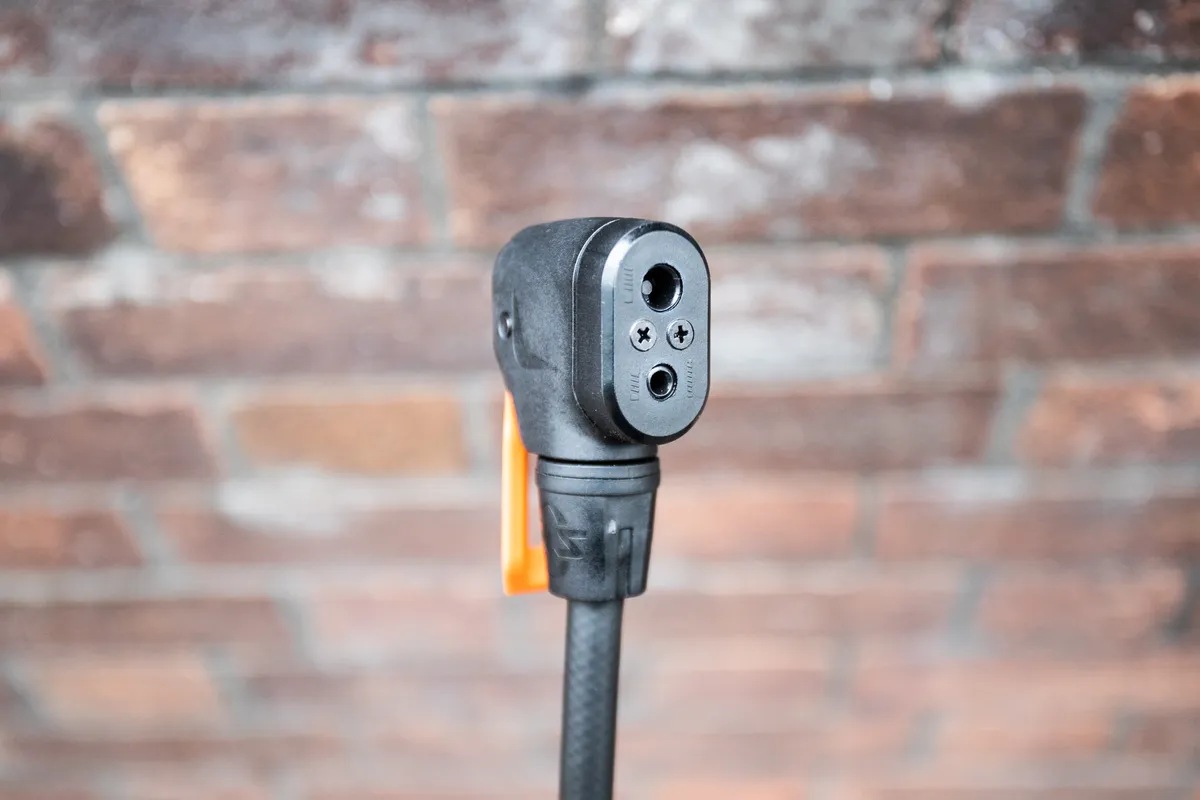
Most bike pumps work with both valve types.
Some pumps will require you to partially disassemble the head to switch between Presta and Schrader while others feature separate holes for either valve.
What about the Dunlop valve?
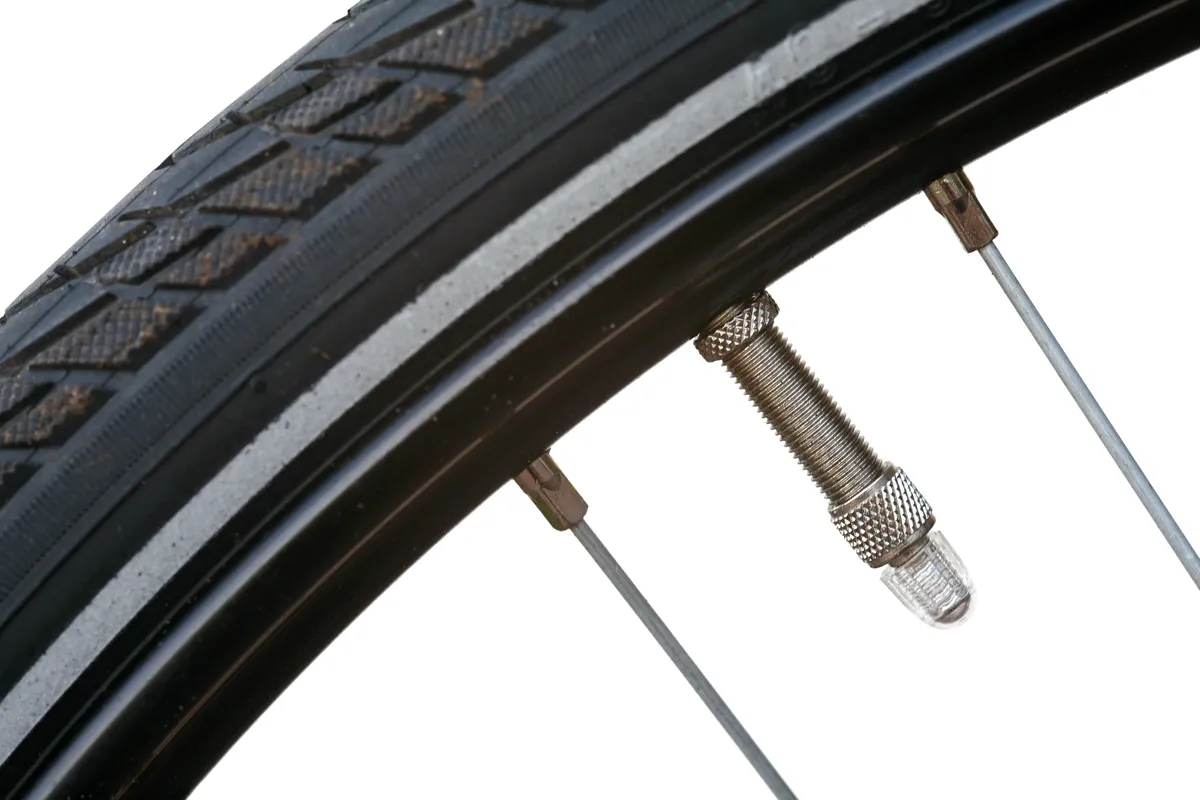
Aside from Presta and Schrader, there's also a third type of valve – the Dunlop valve (sometimes referred to as a Woods valve), more common on urban bikes in mainland Europe. It's very rarely seen in the UK/US, or on road and mountain bikes.
The base of a Dunlop valve is similar in diameter to a Schrader valve, but is inflated with the same pump head as a Presta valve.
What size inner tube do you need?

Inner tubes come in a wide range of sizes, so what size do you need?
The simple answer is: one that fits inside your tyre. But like many bike-related things, it’s a bit more complicated than this.
Your inner tube needs to fit the wheel’s diameter and also the width of the tyre fitted, so there are two significant measurements to get right:
- Wheel diameter
- Tyre width
We've covered common inner tube sizes in the next section, to help you find the right option quickly, but, before we get there, let's dig a bit deeper into how inner tubes are sized.
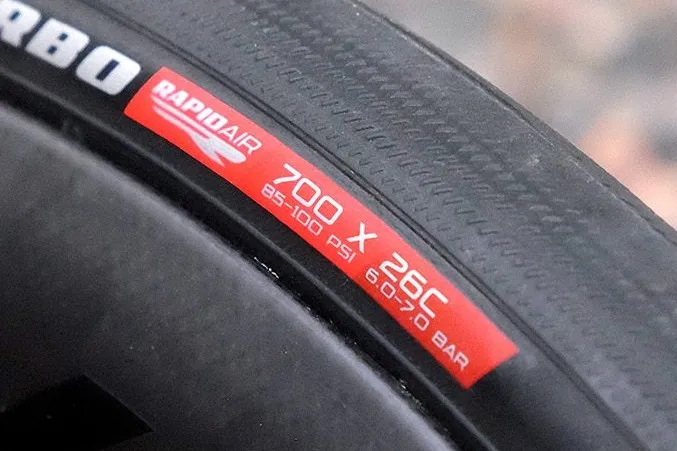
Let’s start with diameter – make sure you’ve got the right size inner tube for your wheel’s diameter or you’ll find it difficult to fit.
Road wheels are usually '700c' sized (622mm in diameter, when measured from the bead seat to bead seat) and will need 700c tubes to match. These are sometimes referred to as 28in tubes, but that's relatively uncommon.
Meanwhile, mountain bike and commuter bike wheels and tyres are typically sized in inches.
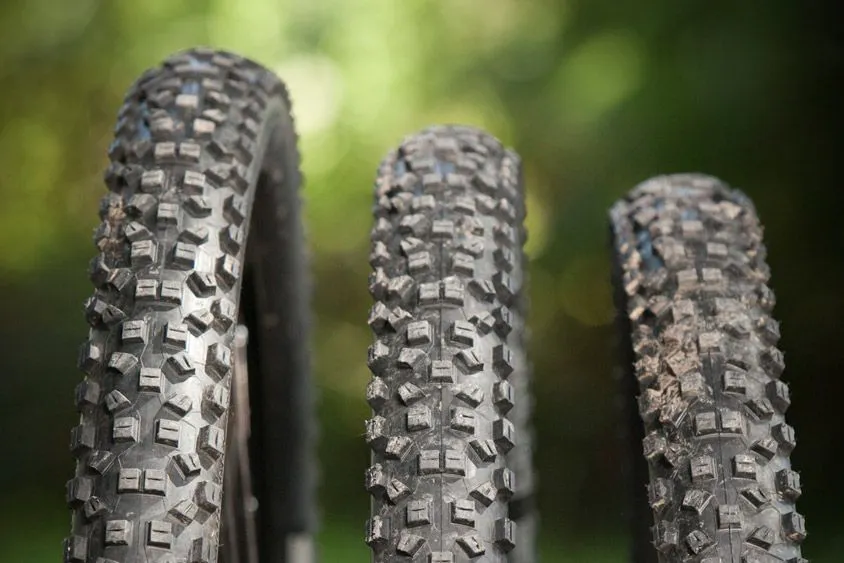
26in was long the standard for mountain bike tyres, but with the introduction of 27.5in and 29in wheels it is now more common to see them on children's bikes.
27.5in mountain bike wheels are the same diameter as 650b, the smaller wheel size you’ll sometimes find on gravel bikes in place of 700c wheels that you would usually see on a road bike.
29-inch mountain bike wheels are the same diameter as 700c, though the rim width is naturally wider than road or gravel wheels.
Smaller kids' bikes will have smaller wheels, usually 16in, 20in or 24in, and need smaller diameter inner tubes and tyres. The same is true of most folding bikes.
While it’s vital to match wheel diameter with the diameter of your inner tube, there’s a bit more leeway in tyre width, typically measured in millimetres (sometimes confusingly expressed as “c”, e.g. 25c for a 25mm tyre) for road bikes and inches for mountain bikes.
All inner tubes will come with a recommended range for tyre width – for example 700 × 20–25 for road tyres between 20mm and 25mm in width, 700 × 25–32 for wider road tyres measuring between 25mm and 32mm in width.
A narrower inner tube will balloon out to fill a tyre a few millimetres wider than its recommended width – but don’t take it too far as it might explode.
Likewise, a tube rated a bit wider than your tyre will usually fit, although it can be awkward to fit one that’s a lot wider than the tyre.
Common inner tube sizes
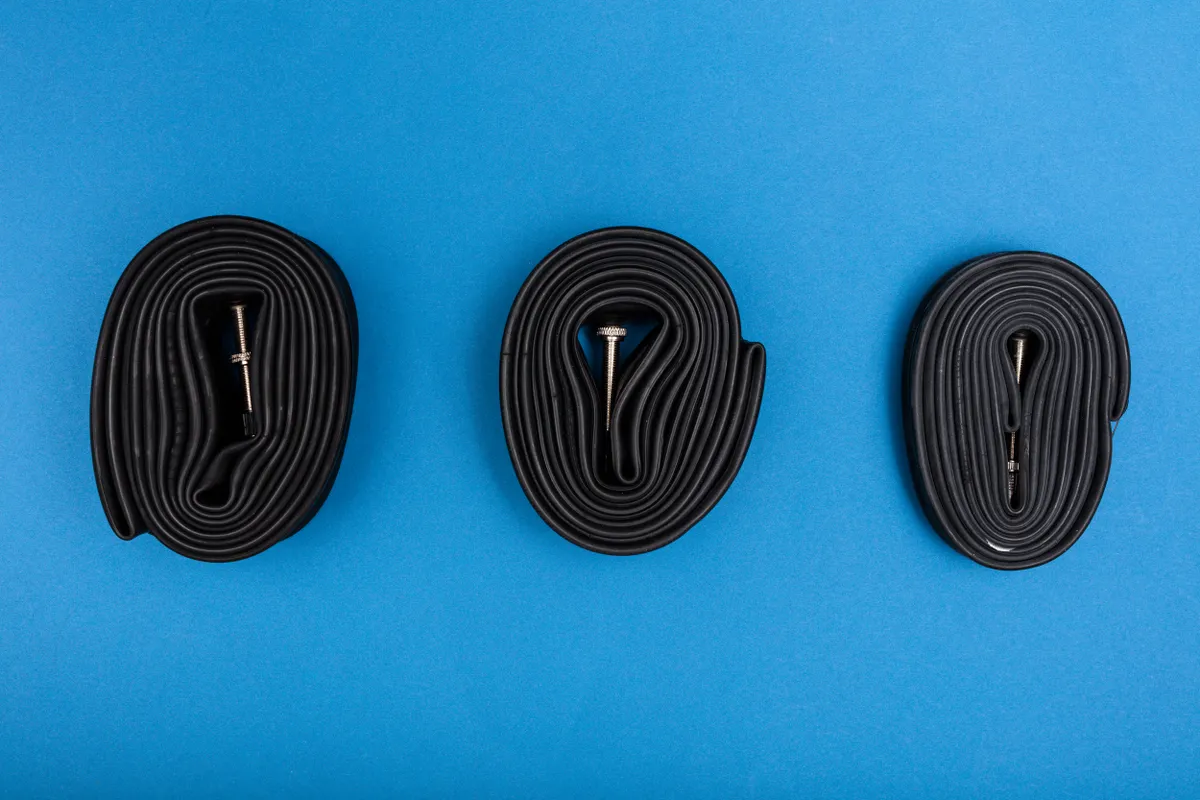
Inner tube sizes vary by maker, so once you’ve decided on a brand you need to check the options it sells.
Typically they’ll include options similar to those listed below.
Inner tube size chart
| Inner tube sizes for 700c wheels | Common use |
|---|---|
| 700 × 20–25mm | Traditional road bikes with 700c wheels and 20 to 25mm tyres |
| 700 × 25–32mm | Road bikes with 700c wheels and 25 to 32mm tyres |
| 700 × 28–37mm | Road, cyclocross, gravel and hybrid bikes with 700c wheels and 28 to 37mm tyres |
| 700 × 32–47mm | Road cyclocross, gravel and hybrid bikes with 700c wheels and 32 to 47mm tyres |
| Inner tube sizes for 26in, 27.5in (or 650b), 29in wheels | Common use |
| Up to 2in width | Narrow, old-school MTB tyres |
| 2–2.3in | Typical XC (cross-country) MTB tyres |
| 2.3–2.6in | Trail, enduro, all-rounder MTB tyres |
| 2.6–3.0in | ‘Plus’ sized MTB tyres |
| Over 3.0in | Fat bike MTB tyres |
Road, gravel, cyclocross and hybrid (commuter) inner tubes for 700c wheels
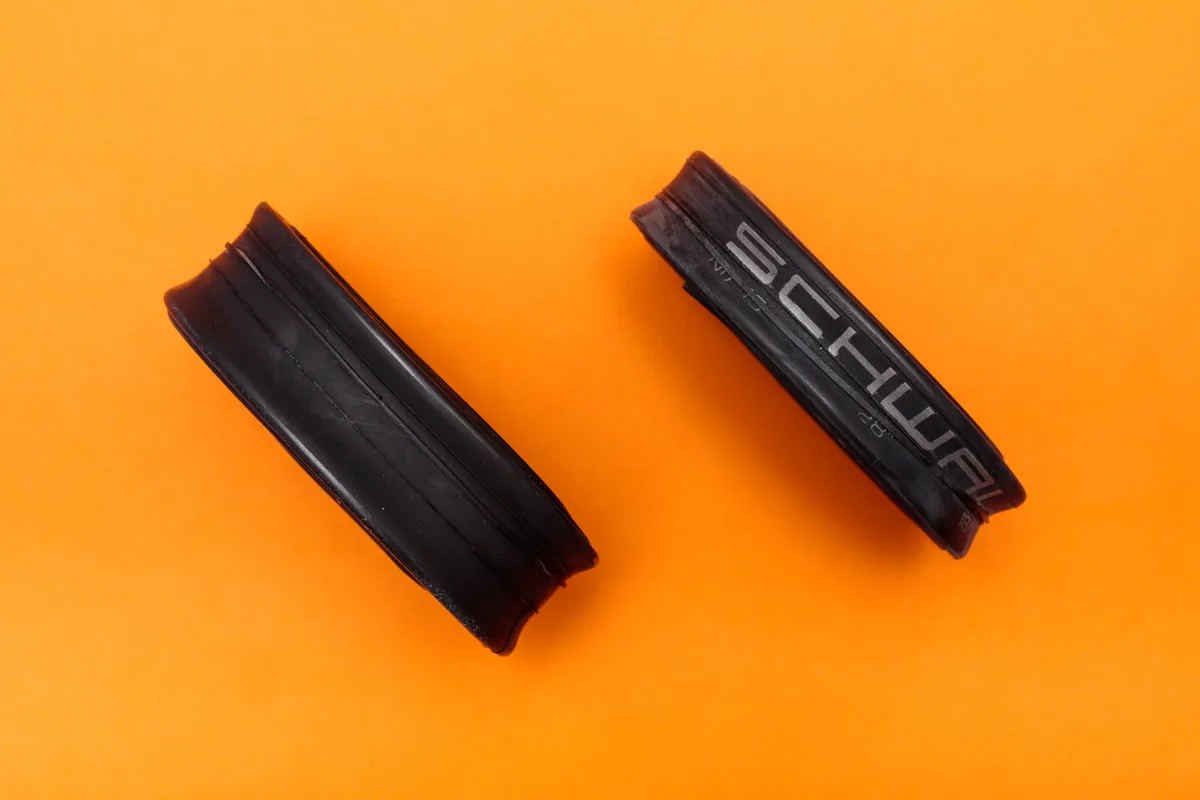
- 700 × 20–25mm – for traditional road bikes with 700c wheels and 20 to 25mm tyres
- 700 × 25–32mm – for road bikes with 700c wheels and 25 to 32mm tyres
- 700 × 28–37mm – for road, cyclocross, gravel and hybrid bikes with 700c wheels and 28 to 37mm tyres
- 700 × 32–47mm – for road cyclocross, gravel and hybrid bikes with 700c wheels and 32 to 47mm tyres
Mountain bike inner tubes for 26in, 27.5in (or 650b), 29in diameter wheels
The following sizes are common for mountain bike tyres, regardless of whether your bike has 26in, 27.5in (650b) or 29in wheels.
There is some overlap in sizes between 650b gravel and mountain bike tyres, but gravel tyres are usually sold in metric sizes as listed in the section above.
- Up to 2in width – narrow, old-school MTB tyres
- 2–2.3in – typical XC (cross-country) MTB tyres
- 2.3–2.6in – trail, enduro, all-rounder MTB tyres
- 2.6–3.0in – ‘plus’ sized MTB tyres
- Over 3.0in – fat bike MTB tyres
Inner tube materials – butyl or latex?
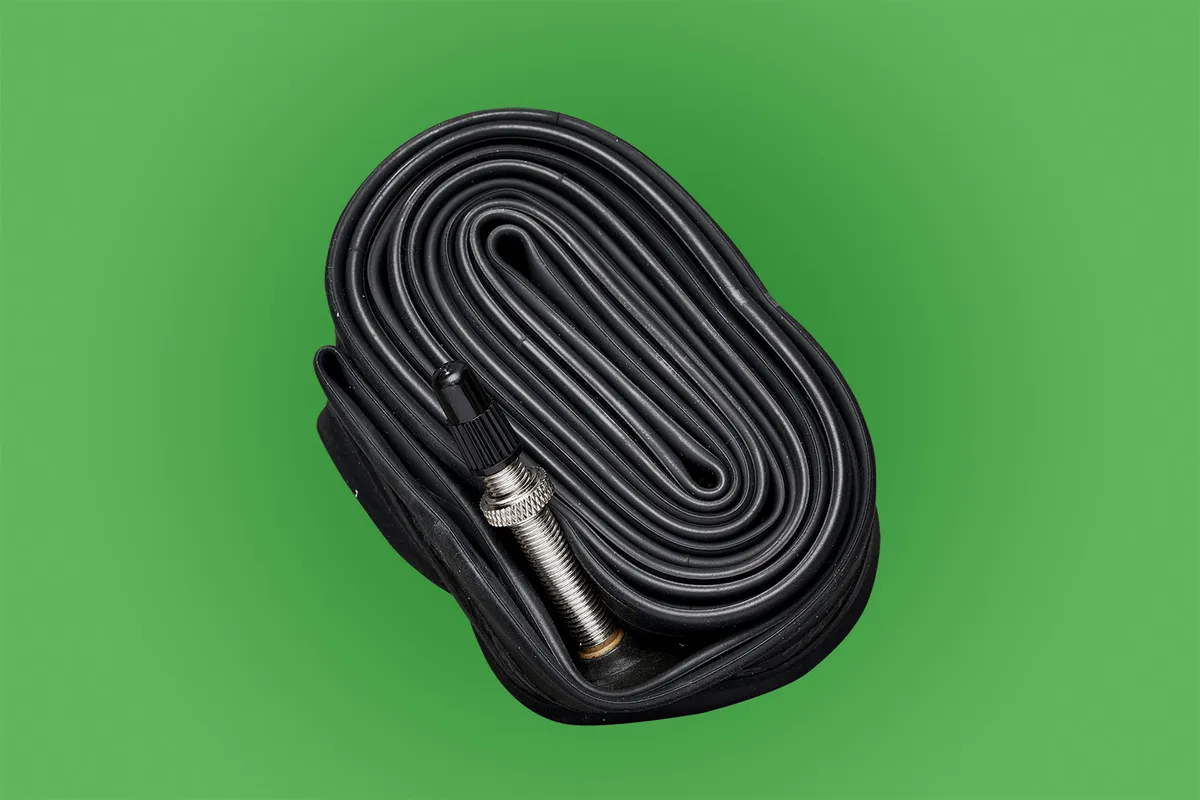
Inner tubes are typically made of rubber: either butyl or latex.
Butyl rubber tubes are the most common being the most affordable and easiest to repair using a standard puncture repair kit, giving you more life out of it than other materials.
Some manufacturers sell lighter-weight butyl tubes with thinner walls alongside their standard range if you want to save a few grams.

For even more weight saving, latex tubes are significantly lighter than butyl tubes, plus there’s less friction against the tyre, resulting in lower rolling resistance.
On the other hand, they’re much more fragile and more awkward to fit as they’re floppier than butyl tubes.
If you have carbon rims on a bike with rim brakes, you also need to be careful not to drag your brakes on long descents because overheating can cause latex tubes to fail. Some wheel makers recommend against using latex tubes with their rims.
Another drawback of latex tubes is that they leak air more quickly, so you may need to pump them up before every ride.
If you do get a flat, they’re difficult to repair too and you need a different type of repair kit. They’re an option you might choose if you’re seriously into racing or time trials to give you that extra edge in place of everyday practicality.
What about TPU tubes?

Thermoplastic Polyurethane (TPU) tubes have become more popular in recent years thanks to their light weight and small pack size.
TPU has characteristics similar to rubber and plastic, and is said to have the least rolling resistance compared to butyl and latex tubes.
Tubolito, for example, sells tubes that are claimed to be lighter, more flat-resistant and more compact than a standard butyl tube, and more robust than latex. Schwalbe's Aerothan tubes make similar claims.
Generally, they are an expensive option, but might suit the weight weenie or help save space and weight if you keep one as a spare.
Inner tube valve lengths

Presta valves come in different lengths, to account for the different depths of bike wheels. Common valve lengths include:
- 32mm – Standard for shallow rims (~20mm depth)
- 40mm – Slightly longer, common for mid-depth rims (~25mm)
- 48mm – Common for mid-depth rims (~30mm)
- 60mm – Needed for deeper rims (~40–50mm)
- 80mm – Used for deep-section aero wheels (~60mm and deeper)
With deeper section rims becoming more common, it’s important to make sure that your valve is long enough to protrude through the rim and let you attach a pump to it.
We’ve been on rides where we’ve got a flat and found that the spare inner tube kept in a saddlebag as default didn’t have a long enough valve for the wheels we were riding. Fortunately, we were carrying a few patches and could fix the punctured tube.
Presta valve inner tubes are available from a range of makers with valve lengths up to 80mm. There’s no harm in using a valve longer than you need, although it might look a bit odd to use a particularly long valve on shallow wheels.
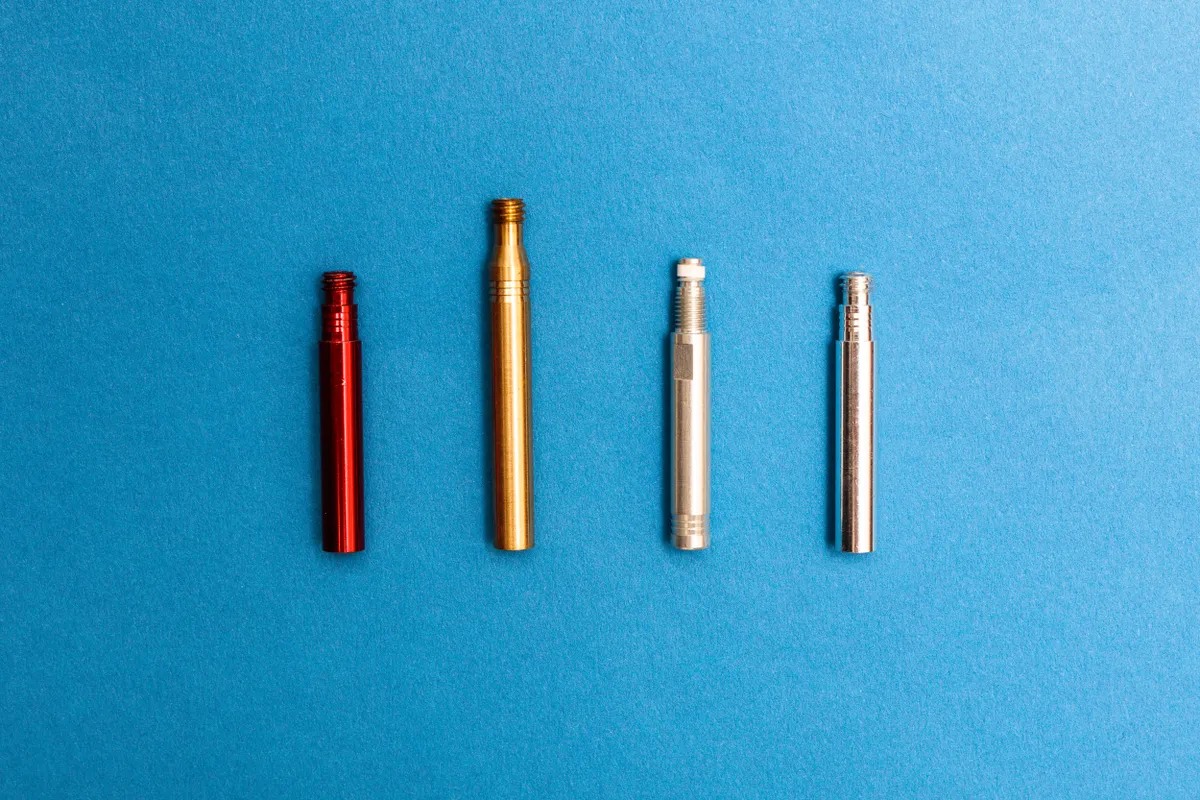
If your wheels are even deeper than the longest valve you can find, you can buy valve extenders to add length to your valve. There’s a range of lengths available.
Valve extenders screw onto the top of the Presta valve. Some are just hollow tubes, others include a valve at the top, which means that you need to remove the valve core from your inner tube before screwing on the extender.
The former are simpler to use, but add a dead space above the valve, making inflation harder, while with the latter you need to make sure that there’s a fully airtight seal to the inner tube’s valve stem, or your tube will leak air.
Also look out for valve rattle with deeper section wheels. It’s an annoyance rather than a problem and can usually be stopped by taping around where the valve stem protrudes from the wheel rim (this is a classic trick used by pro team mechanics).
Puncture protection
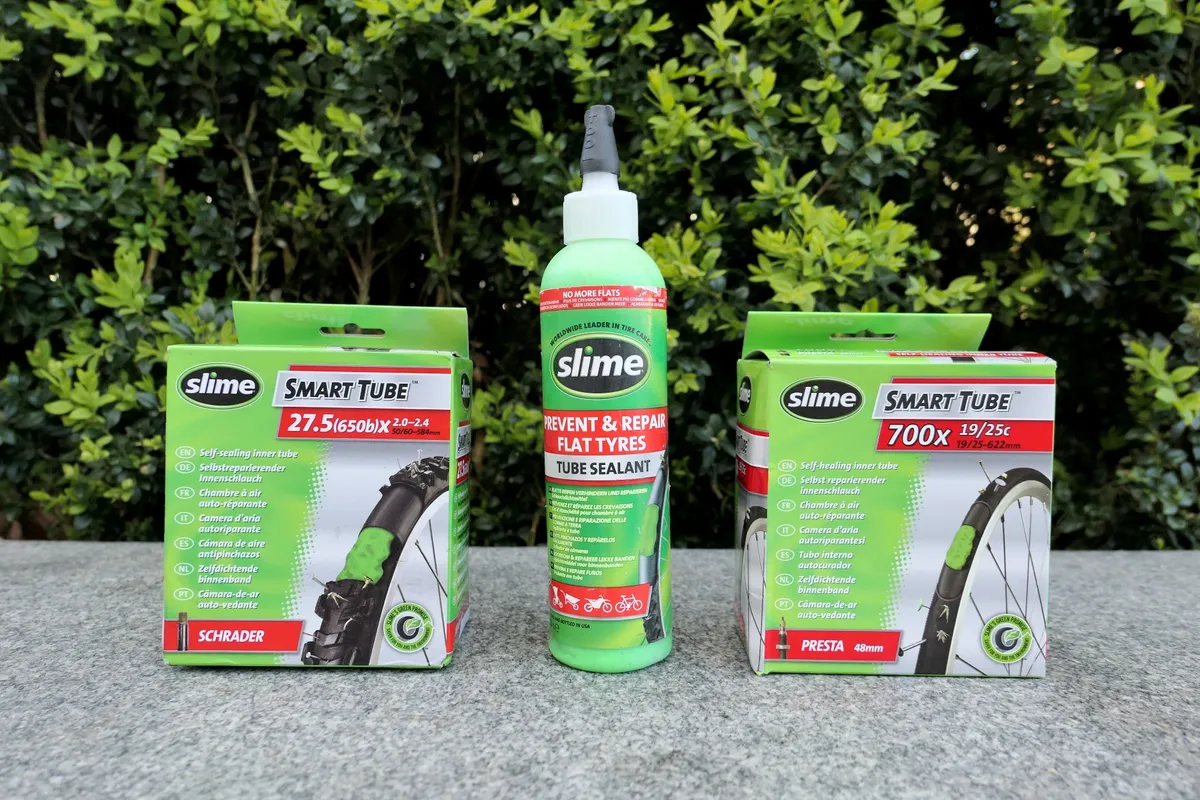
One of the big advantages of a tubeless setup is that the sealant inside the tyre should seal many of the flats that typically bedevil the bike rider.
If you don’t want to go tubeless, or you haven’t got the components on your bike to go tubeless, you may reduce your chances of getting a flat tyre by using inner tubes like those from Slime, which come filled with sealant.
Fitted exactly like a normal inner tube, they’re a bit heavier and more expensive but should self-seal if you get a smaller puncture.

Another option is to put sealant into a normal inner tube. It’s a job that’s easier if you can remove the valve core: the sealant can gum up the valve, making it tricky to get air into your tube.
Some sealants will weaken latex tubes, causing them to fail, so make sure that your combo is compatible.

Or, if you’ve really had it with flats, there are solid tyres from the likes of Tannus and inserts such as Vittoria’s AirLiner.
Both brands also sell anti-puncture liners that sit between the inner tube and the tyre tread. We’d recommend upgrading your tyres or trying tubeless first, though.
What about tubeless?
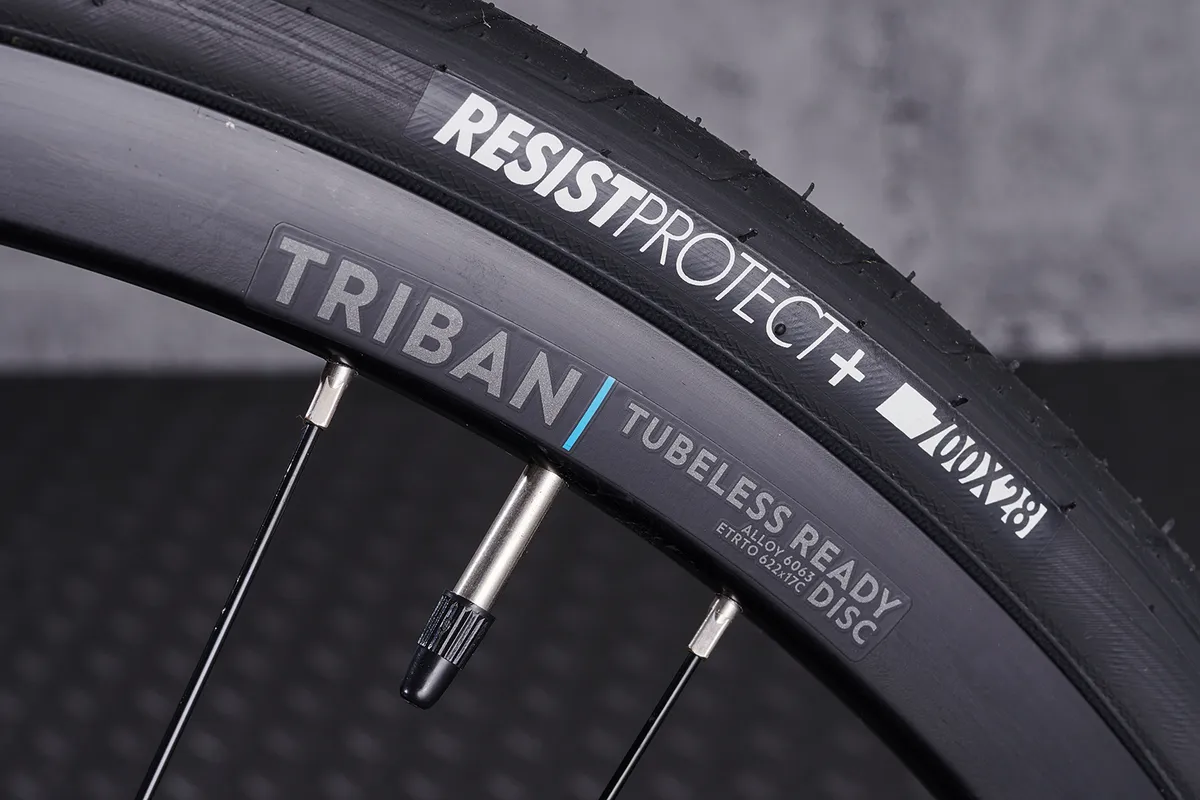
If all this seems like hard work, and you’ve got tubeless compatible rims and tyres, there’s always the option to go tubeless.
To recap: a tubeless setup removes the need for an inner tube (the clue is in the name). Instead, the tyre creates an airtight seal with the rim to hold pressure, just like a car tyre.
Tubeless tyres are used in conjunction with sealant, added to the tyre during installation. The sealant should fill the kind of small cuts that could otherwise cause a flat with an inner tube.

With that in mind, a tubeless setup should result in fewer punctures. You can also run tubeless tyres at a lower pressure because there’s no risk of pinching the tube, potentially improving comfort and grip.
On the other hand, getting an airtight seal can sometimes be tricky when setting up tubeless tyres, especially on tubeless road tyres. And there’s the cost of upgrading your setup, too.
If you do go tubeless, it’s still a good idea to take an inner tube (and a tyre boot and plug kit) with you, so you have the option of adding a tube and making it home in case you get a serious flat.
